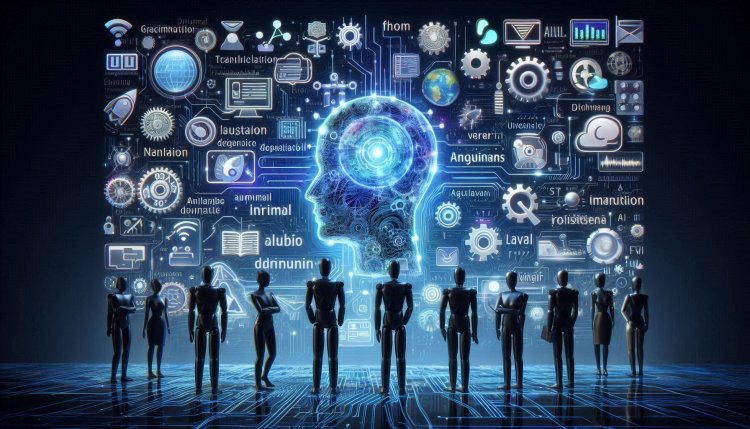AI language: Natural language processing and translation
AI language provides advanced natural language processing and translation services, helping users communicate effectively in multiple languages.

Natural Language Processing and Translation
Natural Language Processing (NLP) is a branch of artificial intelligence that focuses on the interaction between computers and humans using natural language. It involves the processing and analysis of large amounts of natural language data to enable machines to understand, interpret, and generate human language.
NLP has various applications, including machine translation, sentiment analysis, chatbots, and speech recognition. Machine translation is a key application of NLP that involves translating text or speech from one language to another. This technology has made significant advancements in recent years, with the development of neural machine translation models that can produce more accurate and fluent translations.
One of the challenges in NLP is the ambiguity and complexity of natural language. Human language is nuanced, context-dependent, and often contains ambiguous meanings. NLP systems must be able to understand the context in which words and phrases are used to accurately interpret their meanings.
Another challenge in NLP is the diversity of languages and dialects. NLP systems need to be able to handle a wide range of languages and dialects to be effective in a global context. This requires the development of language models and translation algorithms that can accurately process and generate text in multiple languages.
Translation is the process of converting text or speech from one language to another. Machine translation uses NLP techniques to automate this process, enabling fast and efficient translation of large amounts of text. Machine translation systems can be rule-based, statistical, or based on neural networks, each with its advantages and limitations.
Sentiment analysis is another application of NLP that involves analyzing text to determine the sentiment or emotion expressed by the author. This technology is used in social media monitoring, market research, and customer feedback analysis to understand public opinion and sentiment towards products, services, or brands.
Chatbots are virtual assistants that use NLP to interact with users in natural language. They can answer questions, provide information, and assist users with tasks. Chatbots are used in customer service, online shopping, and various other applications to improve user experience and efficiency.
Speech recognition is the process of converting spoken language into text. NLP techniques are used to transcribe spoken words into written text, enabling applications such as voice commands, dictation, and voice-controlled devices. Speech recognition technology has improved significantly in recent years, with the development of deep learning models that can accurately transcribe speech in real-time.
Overall, NLP and translation technologies play a crucial role in bridging the gap between different languages and cultures, enabling communication and collaboration on a global scale. These technologies have the potential to revolutionize how we interact with information and each other, making the world more connected and accessible.
As NLP and translation technologies continue to advance, we can expect to see further improvements in accuracy, speed, and usability. These technologies will continue to have a significant impact on various industries, from healthcare and finance to education and entertainment.
What's Your Reaction?

















